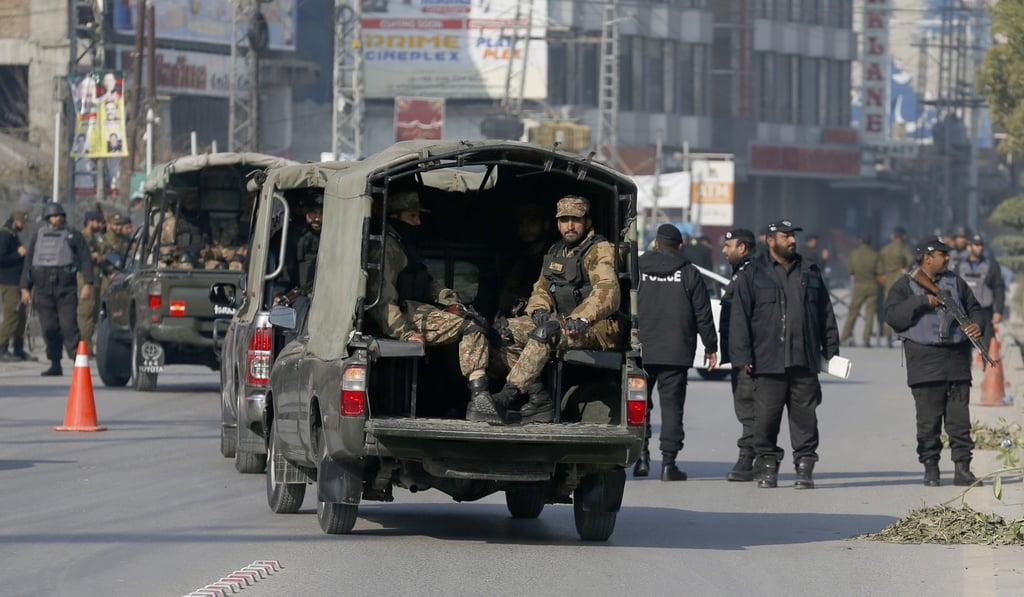Advertisement
Opinion | In Pakistan, cricket is once again up in lights, symbolising country’s return from exile after 2009 attack
- After a terrorist attack on a visiting team left the country off limits over security concerns, it has been eager to show it is safe again
- A major programme of international investment courtesy of China and the revival of cricketing tournaments has helped it on its way
Reading Time:4 minutes
Why you can trust SCMP

In March 2009, the Sri Lankan cricket team was touring Pakistan when their team bus was attacked by gunmen in Lahore. None of the Sri Lankans were killed but six Pakistani police officers and two civilians lost their lives.
Following the attack, other cricketing nations refused to tour Pakistan due to security concerns. It was heartbreaking for tens of millions of fans and a loss for the sport. Despite lacking the resources of richer nations such as Australia, England and India, the Pakistanis were capable of indisputably brilliant, sometimes temperamental cricket.
At the 1992 World Cup, Pakistan were captained by Imran Khan, the current prime minister, and they pulled off a stunning upset to beat England in the final and win the 50-over tournament. At the 1999 tournament, they again made the final before losing to Australia. In the likes of Wasim Akram, Waqar Younis and Shoaib Akhtar, Pakistan has produced some of the most mercurial fast bowlers of the professional era, whereas Javed Miandad and Mohammad Yousuf were at different stages among the world’s most prolific batsmen.
Advertisement
At the time of the Lahore attack, Pakistan was gearing up for the second edition of the 20-over format (T20) World Cup in England. Pakistan went on to win the tournament, beating Sri Lanka in the final. But the team and its fans were denied the chance to celebrate with a homecoming parade as it was deemed too dangerous.

Advertisement
Worse was to follow: Pakistan would be condemned to sporting isolation for more than a decade.
Advertisement
Select Voice
Choose your listening speed
Get through articles 2x faster
1.25x
250 WPM
Slow
Average
Fast
1.25x
